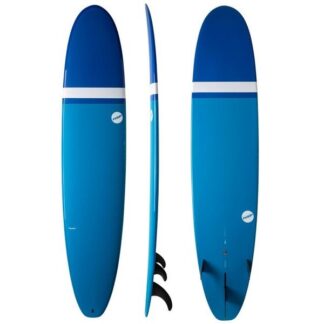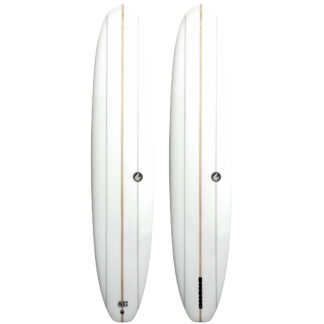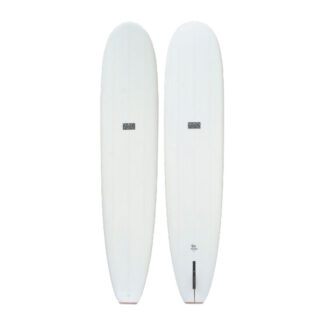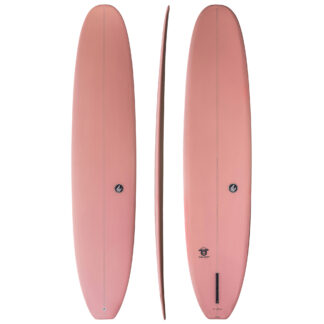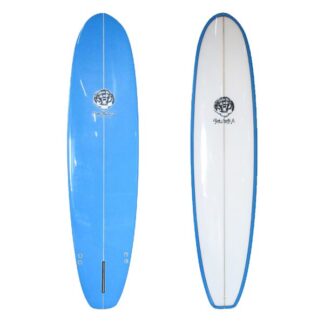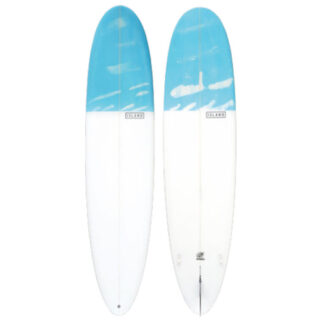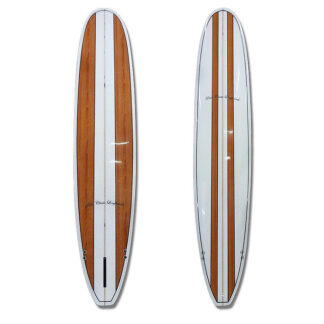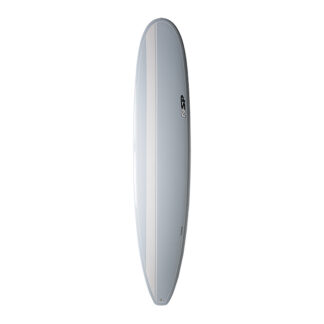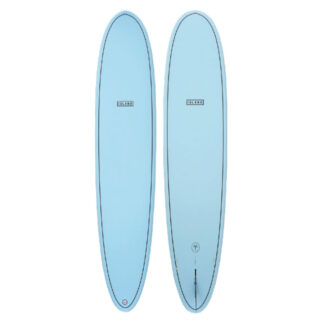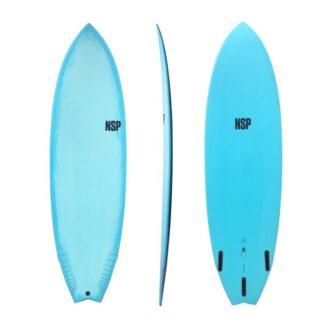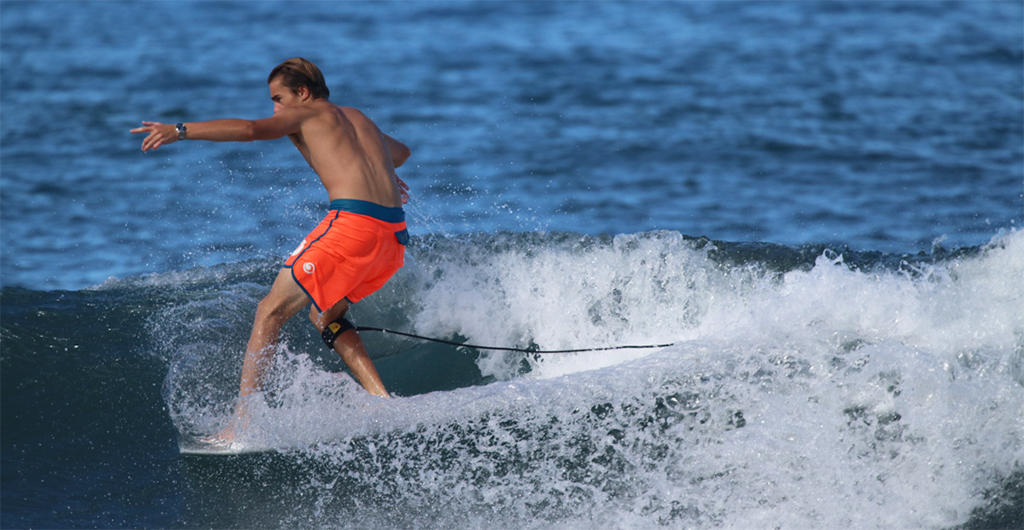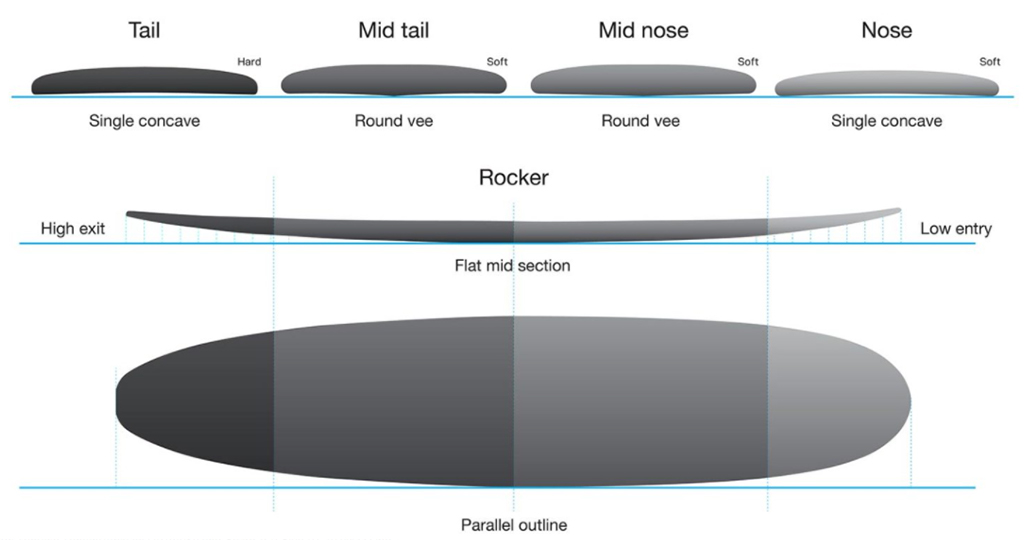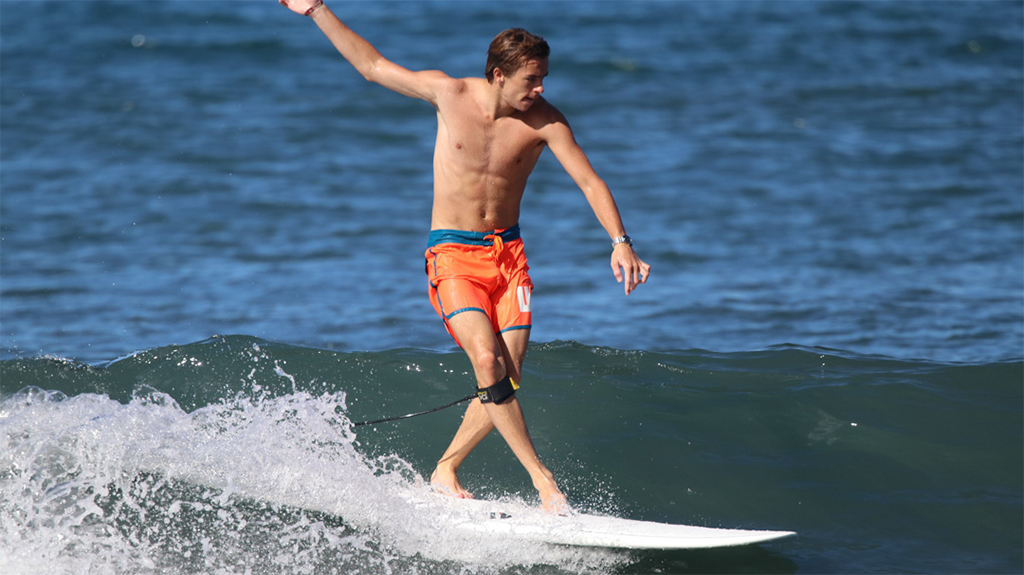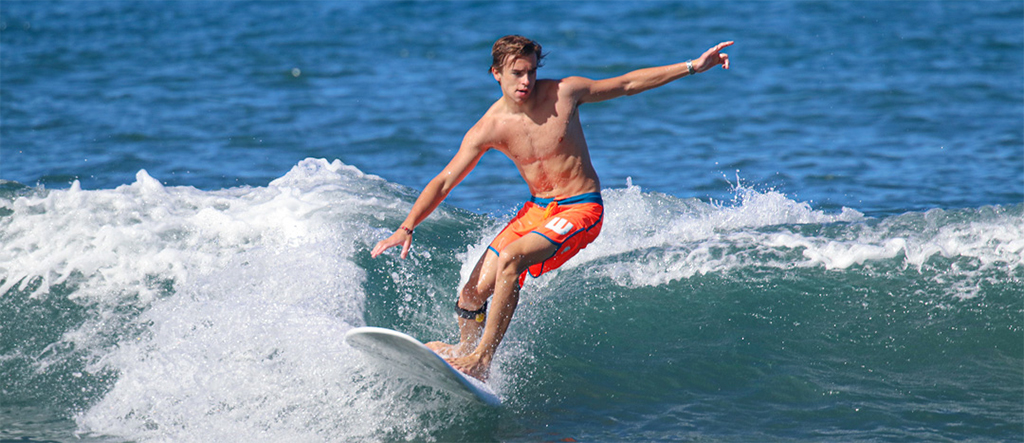Showing all 10 results
-
NSP Elements HDT Longboard
$949.00 – $1,099.00 Select options -
ECS Spoon Longboard Log
$899.00 Select options -
Island Shapes Longboard Duke
$899.00 Select options -
ECS Canggu Log Longboard
$799.00 Select options -
Clyde Beatty Longboard
$695.00 – $749.00 Select options -
Island Longitude Longboard
$599.00 Select options -
Point Classic Longboard Wood Design
$789.00 – $849.00 Select options -
NSP 05 Elements Longboard
$695.00 – $845.00 Select options -
Island Latitude Longboard
$799.00 Select options -
NSP Protech Fish Surfboard
$579.00 Select options
Showing all 10 results
Longboards
Above, Longboarding is a great way to surf, to begin and progress. In this image you may not even be able to see the Longboard. Longboarding has a different set of moves than other types of surfing and opens up a whole world for the expression for your unique surfing style. Below, two Longboard shapes. On the left the NSP NSP Elements HDT Longboard and on the right the Island Shapes Longboard Duke. Both boards are long. Differences in their designs, such as fuller nose and flatter rocker, optimise different aspects of your Longboard surfing
Longboards are typically from 8′ to 10′ in length though older boards could be up to 16′. A longboard is a refinement of the first surf craft that were a solid piece of wood, evolving to hollow and balsa boards, to the foam and fibreglass revolution. Longboarding has a lot of traditional surfing aspects. There’s straight forward wave catching and riding, and there’s what can be called style. There are also high performance, HP Longboards that use design and materials to do almost anything a shorter board can while still being long. Longboards are a great place to start your surfing.
Great Starting Place
A top turn and bottom turn. A Longboard will enable you to begin and progress your surfing rapidly. You’ll be able to do the moves with the bonus of developing your own style
The Longboard design has great benefits that help you start and progress your surfing – quickly. Being long they float you well and paddle well. This means you’ll be able to get out the back and catch waves easily. Being long they are stable. So when you stand up you have a relatively stable feel to keep your footing. They’re forgiving. So if you paddle or stand up in the wrong place you can still catch and ride your wave. Even though the board is big and long you can still direct it and do turns. So the necessary foundation for your surfing can be established with a Longboard right from your first surf.
All these positive attributes are with you helping you from surf to surf so you can rapidly progress.
Other Factors
Longboards are big and mostly heavy. They won’t fit inside most cars. After a big surf session having a bit of assistance from a floating tail in the shallows can be a big help. Having an awareness of the size of your board and what’s going on in the ocean around you can ensure your fun & safety
There are other factors that you have to take into account, especially if using Longboards to start surfing. Longboards are big and long. So they are heavier taking much more effort to get to the surf. For example they may not fit in most cars and require effort to get them onto the roof racks. Once at the surf they require more effort to paddle and get out through the break. This is because there’s more of the board to catch the wave energy pushing against you.
Because there’s more of it, there’s a greater chance the board might come in contact with you in a wipeout. This can lead to bumps and bangs. It’s almost impossible to duck dive a Longboard, that means to push it under an approaching wave so that the wave rolls over you. So it’s almost impossible to avoid being dumped on by a heavy wave so you will be dumped on a lot.
Most of these negative factors can be minimised. If you surf where the waves are smaller, waist high or lower, then everything will be easier, safer and much more fun. Also look around. Might your board come in contact with an object or person? Look to see what the waves are doing and position yourself and your board appropriately. For example try to paddle out where the waves aren’t breaking then paddle to where they are.
Longboards can surf big waves. However surfing smaller and open running waves will maximise your enjoyment. Dumping, closing out, powerful waves should be avoided.
Longboards Design
As with all surfboards there’s a lot of functional detail in Longboard design. Above are some of the attributes of the NSP Elements HDT Longboard
The Longboard’s length is it’s defining characteristic. However just being long doesn’t make a board a Longboard. A Longboard and a Shortboard that is long, called a Gun used for riding big waves, shouldn’t be confused.
These two surfboards can be the same length. However the design of the Clyde Beatty Longboard on the left makes it a Longboard. The length along with the drawn in nose and tail of the board on the right make it a Gun
Fuller Nose
Longboards have a full and thick nose. It’s optimised for catching waves. Once you start paddling this nose gives you momentum to get you onto the wave and down its face. This is one of the hardest things to master in surfing and a Longboard gives you the best and easiest way to master it.
The full nose helps keep your board stable. So it helps your first jump to your feet and it also helps you move and walk along the board. Moving on the board is important as your board will have a sweet spot. Most boards also will go faster if you stand more forward. With the nose full you can stand up and move more easily.
Straight Rails
The outline of your Longboard, with straight almost parallel sides, or rails, gives you stability. This stability helps you get to your feet and move on your board to its sweet spot. Most Longboards go faster if you stand toward the front, if the wave allows
You’ll notice that a Longboard has straight rails, the sides of the board running parallel to each other. This design feature makes your board fast. So even though the Longboard is big and heavy, it will go fast in all types of waves.
These straight rails connect the full nose to the tail and run most of the length of your board. This keeps the width constant and gives predictable stability. When you stand on the board it doesn’t veer away to the left and right like a Shortboard.
You will see the rails start to curve in towards the tail in most Longboards. This narrowing helps your board fit in the curve of the wave. It will impact if your board is more pivoting, or more carving. The more gradual the narrowing, the more carving your board will be. However if the Longboard doesn’t have a narrower tail it can be very hard to turn, doing slow turns mainly.
The Tail
The tail design should narrow. This assists the back of your board fitting in the curve of the wave, so it engages. With that engagement as you step and move your weight back the tail will bite into the wave. You can push against this bite and hold to do turns. For example if you push down to your right you will veer right. If you push harder your board will turn faster and more vertically.
In Shortboard design there are lots of tail shapes such as square, squash, swallow, pin, diamond. All these shapes can be found on Longboards too. Your level of skill determines how much of an impact these tail shapes will make to your surfing.
Bottom Shape
The bottom of your Longboard can enable different moves. A vee toward the tail can help you get the board angled into turns, getting it up on its side its rail. These subtle small differences in design make a big difference. Comin in-store you’ll see the detail of these differences and how important they are
The bottom of the board has a shape too. It’s not just flat by chance. Most traditional longboards have purposely flat areas. Then some areas have a curved shape. A concave curve gives speed and directs water flow. Up at the nose some Longboards have a concave so that when you stand there, you will get a lot of speed and also hold.
Some areas of the board may have a convex curve where the bottom has a gradual bulge. This is also called a belly and gives a smooth gliding feel. It can help you go into turns.
At the tail some Longboards have a concave, or a concave split in two called a double concave. These also give speed and help with hold. Around the tail area there can also be a vee. This is where the centre of the bottom of the board is raised higher than the sides and slopes to the side in a straight line. It’s almost like a belly, though more angular. This helps the board go from being stuck flat on the wave to turning onto one side or the other. So helps you turn.
Rocker
The rocker of these two longboards is different. The NSP Elements HDT Longboard on the left has more curve in the nose and tail giving easier turning. The Island Shapes Longboard Duke is flatter so you get more speed
The rocker is the curve that you see when looking at the board from the side. It runs from nose to tail. The rocker is vital to how your Longboard performs. As it is a hard attribute to take in with your eye, it’s important to get input from an expert in-store who can guide you through the best rocker shapes for the type of surfing you want to do.
Most simply a flatter rocker gives speed. More curve in your rocker gives turning. However there are ideal rockers that give a great balance between speed and turning. The rocker means your Longboard isn’t stuck flat on the wave. The constant or near constant rocker curve keeps your board moving in the shape of the wave, flowing with the wave energy.
Fin Setup
On the left is a single rear fin for an adjustable Longboard fin box. The second fin is a side fin used in a 2 +1 fin setup. The next images show the incredible fins of Island Fins Design, hand crafted for your Longboard
A traditional Longboard has an adjustable fin box with a single fin. This fin is attached with a screw and can be moved in your fin box. The more the fin is moved toward the front, the more your board will tend to skate from side to side. The more the fin is moved back, the more your board will be directed like using a rudder.
Newer fin setups include a 2 + 1. This is two fin boxes on the side normally holding two almost Shortboard size fins and a larger single fin in an adjustable fin box. The side fins give stability while helping with speed and turning.
Another newer setup is a Twin Fin or Quad. So your Longboard can have only two fins or four fins. Leaving the center of your board finless can add to your speed. It can also give a free skating feel in the tail which can be fun though requires a bit more skill to master.
The fins themselves also make a big different to how your board performs and feels. A flexi fin may not give as much speed but you’ll feel like your flowing in the wave. A stiff fin will give speed yet keep you in a straighter line. Then there’s all the slight differences as fins go from a small size to large. In-store we can help match the fin to your bodytype. For example a smaller lighter surfer needs less fin. A bigger heavier surfer needs more fin.
Your Style
While your Longboard has all these different attributes there’s special ways they are combined and optimised for certain styles, waves and types of surfing.
Some Longboards are optimised for nose riding. Others for flowing carving turns.
Here’s where style, your style comes in. Most Longboards require a lot more effort to surf than a Shortboard. So it takes more than a wiggle or quick push to do a turn. In Longboarding you have to think through what you’re going to do. How you’re going to turn. For example are you going to drop your inside arm into the turn? Bring your outer arm up? Or out? Are you going to angle your body or drop a knee so that your body is weighted to one side?
On a Longboard what you do also takes more time. This is good for a Beginner as everything is slowed down. So you can work out how you want to surf your board. Your body will reflect this and your body movements become your style. In the surfing world a surfer can be described as stylish based on the way they hold and move their body when riding the wave.
Also as it takes more time and effort to do moves on a Longboard, you can get that move down. This covers your bottom turn, top turn, and moving your feet on the wave. This then translates well in that it’s easy to take your moves to any shorter board whether a Mid Length or Shortboard.
Your Longboard
Coming in-store we can talk with you about how you’d like to surf and the best way to achieve it. We can show you all the different Longboard attributes. You can feel the different constructions, what feels best for you. There’s also a whole realm of Longboard art to find your self expression in too.


